SCADA Basics: An Introduction to SCADA Systems & Telemetry Monitoring
SCADA and telemetry work in tandem to provide a combination of data acquisition, analysis, storage, and reporting. Additionally, SCADA systems allow operators to monitor and control system command functions from a remote location.
It’s a powerful blend of hardware and software technologies that improve efficiency, cost, and productivity across various industries. But before we get too deep into the applications of SCADA systems and telemetry monitoring, let’s start with the basics.
What is Telemetry?
Telemetry is a data acquisition technology that allows for the remote recording, transmission, and reporting of information. The process is primarily accomplished through the use of a telemetry unit (or telemetry system) that communicates wirelessly through a category of software known as SCADA (more on this shortly). It is worth noting that this process isn’t exclusively wireless and can also be done using telephones and computer networks. Telemetry monitoring makes it possible for useful measurements to be sent and received remotely.
It is an efficient, real-time solution for monitoring environmental conditions and equipment functionality. The benefit of telemetry monitoring is that it provides immediate access to the most relevant information needed to make data-informed decisions. Due to the remote capabilities of this technology, data and measurements can simultaneously be available to decision makers, operators, and engineers. For the ultra-nerdy linguists out there, the Greek origins of the word “telemetry” are rooted in “tele” (remote) and “metron” (measure).
What is SCADA?
SCADA is an acronym that stands for “Supervisory Control and Data Acquisition”. A SCADA system is an amalgamation of software and hardware that integrates with control systems. It is essentially a multi-faceted computer system that collects and analyzes data while providing remote control functionality for high-level processes.
SCADA systems monitor and control plants (such as a water treatment plant) and other complex systems that are spread out over large geographic areas. They do this by allowing for supervisory operation over a number of devices. Industries that make use of this technology include water distribution, wastewater management, telecommunications, energy, transportation, and gas and oil refining.
SCADA System Components
Remote Terminal Unit (RTU)
A remote terminal unit (RTU) is used to monitor and control a variety of devices and systems, usually in an industrial environment. They are similar to a programmable logic circuit (PLC) but have more in-depth functionality. These intelligent controllers assert supervisory control over other devices in order to automate industrial processes.
Radio/Modems
This allows for the transfer of data (usually wireless) across a large geographic area. A key component of a SCADA system is the ability to send and receive real-time data. Radio/modems are an efficient and reliable mode of accomplishing this feat.
Sensor/Transducers
A sensor is a type of transducer that can receive a signal from a physical system. It communicates information through the use of telemetry (and a control system). The sensor in a SCADA system serves to help operators measure and collect data from a remote location.
Repeaters
Repeaters receive and retransmit signals. They are able to transmit signals over large distances, even with the presence of a physical obstruction.
SCADA Master Station
In small SCADA systems, the master station is a single computer that communicates with controls systems and other equipment. In larger SCADA systems, this can include multiple servers, software applications, remote terminal units (RTUs), and programmable logic circuits (PLCs).
SCADA Monitoring Software
SCADA Monitoring Software is simply a set of data instructions that instructs the system how to interact with all of the hardware and other components. It is a way to easily monitor and control the performance of a SCADA system.
Human Machine Interface (HMI)
The human-machine interface (HMI), as the name suggests, allows human personnel to interact with the hardware and software of a SCADA system. The HMI presents live data and measurements to operators and allows for the remote operation of the plant.
Types of SCADA & Telemetry Units
Wired
- Usually in a plant
- Ethernet, dial-up phone lines and leased lines to remote sites
- Landline phone dialers
Wireless
- In-plant wireless networks like WIFI or Zigbee
- Point-to-point radio networks with repeaters (licensed and unlicensed)
- Cellular networks (ATT, Verizon, Sprint, …)
- Satellite networks (Iridium, Orbcomm, Inmarsat)
Polled
- Report by exception
- Monitor only ONE-WAY
- Monitor and control/configure TWO-WAY
Hybrid
Combines one or more of the previous unit types
SCADA System Uses
Plants
Programmable Logic Controller (PLC) or large SCADA programs read statuses and control the treatment process. A PLC is a computer control system that monitors input devices and performs operations based on predefined parameters to control the functions of output devices.
Collections Systems
Alerts technicians and operators of pump and overflow alarms, enabling them to respond to situations with data-informed solutions. Other functions include system sizing and preventative maintenance information.
Distribution Systems
Allows operators to maintain appropriate tank levels, monitor flows, and pressures, and detect leaks throughout the system. SCADA systems collect real-time metrics and provide remote control functionality to the proper authorities.
Examples of SCADA System Functions
Alarm Handling
- Equipment
- Failures
- Power Failures
- Overflow avoidance
- Leak detection
Operation Functions
- Tank Level controls
- Water usage monitoring
Maintenance
- Tracking pump and valve performance
- Water loss tracking
Scada & Telemetry: Industrial Applications
- Sewer lift stations
- Large meters
- Water tanks
- Water booster stations, monitor, and control
- Valve stations, monitoring, and control
- Water treatment plants
- Raw water intake stations
- Natural gas odor injectors and regulators
SCADA Basics: An Introduction to SCADA Systems & Telemetry Monitoring
High Tide Technologies is an end-to-end cloud-based SCADA company that enables our users to create a complete SCADA solution that utilizes field units, satellite, cellular or Ethernet communications as well as the Internet to monitor and provides automatic control of your systems.
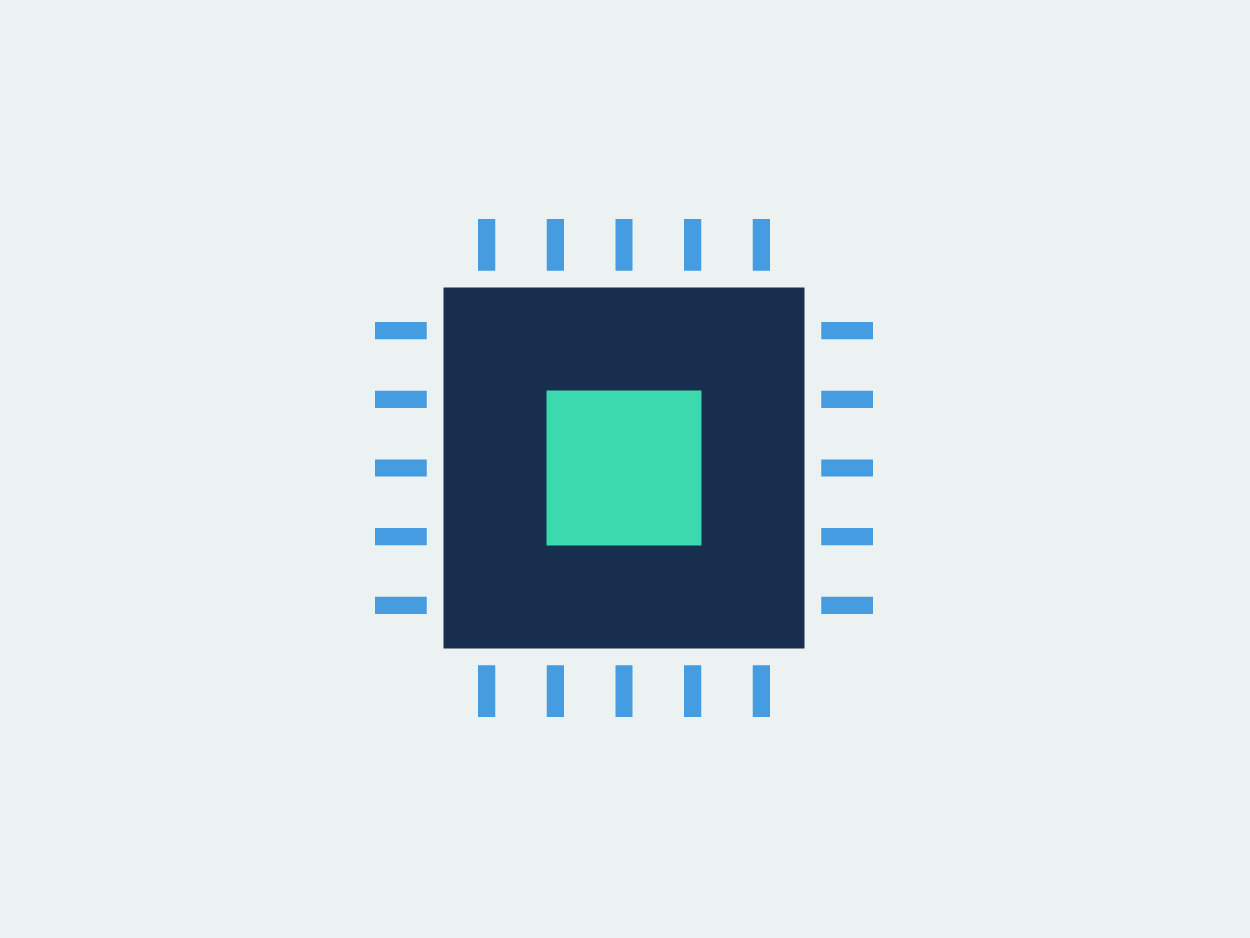
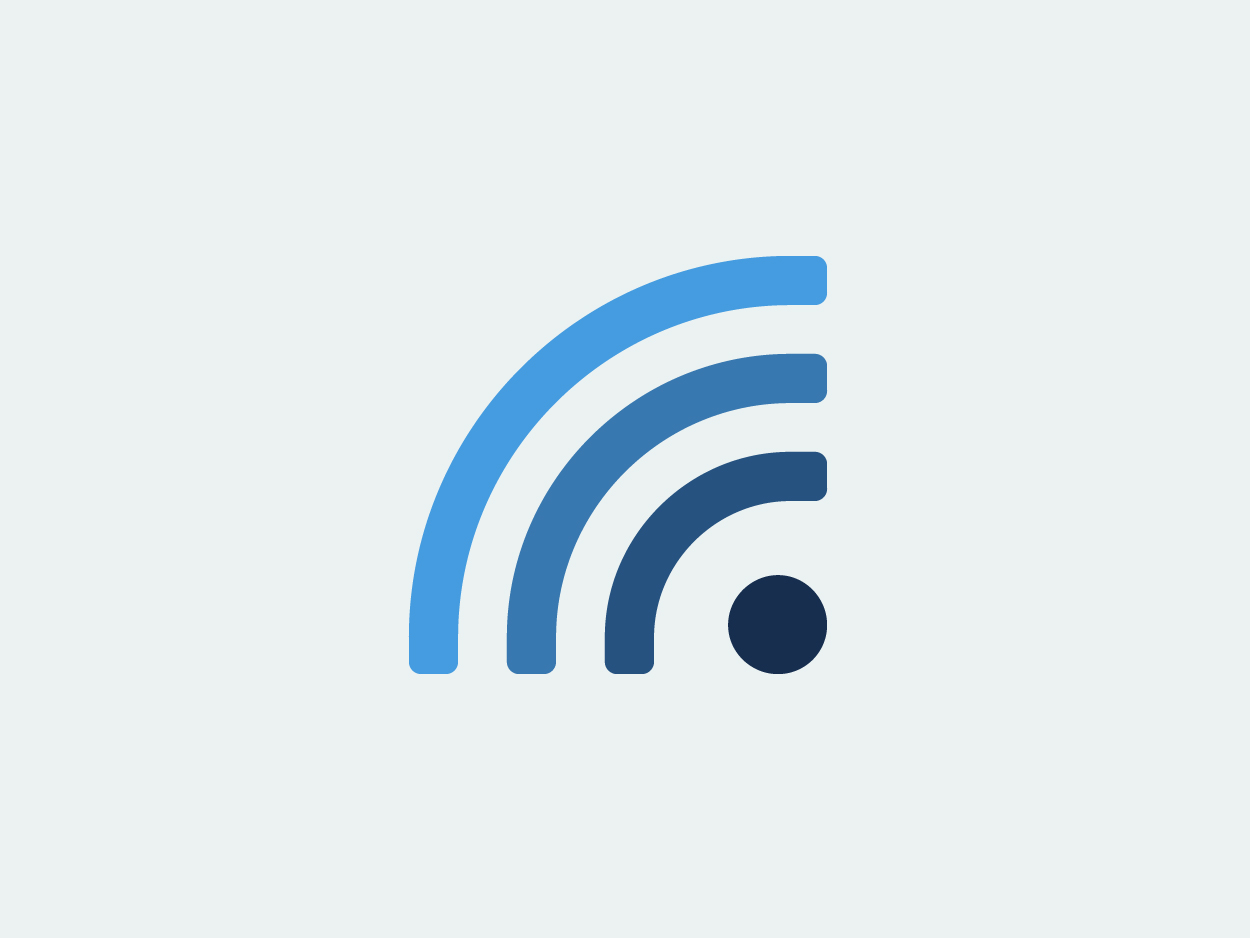
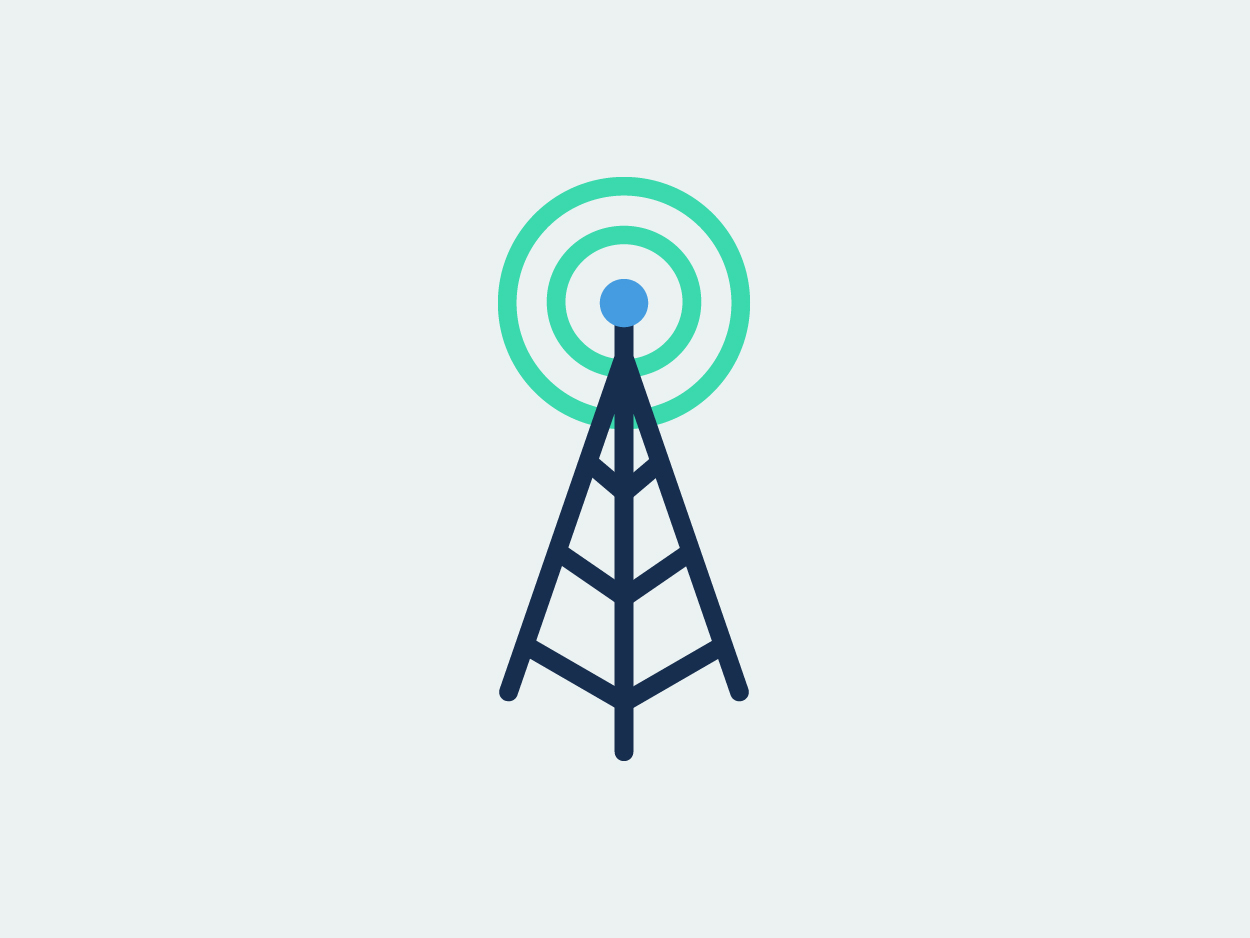
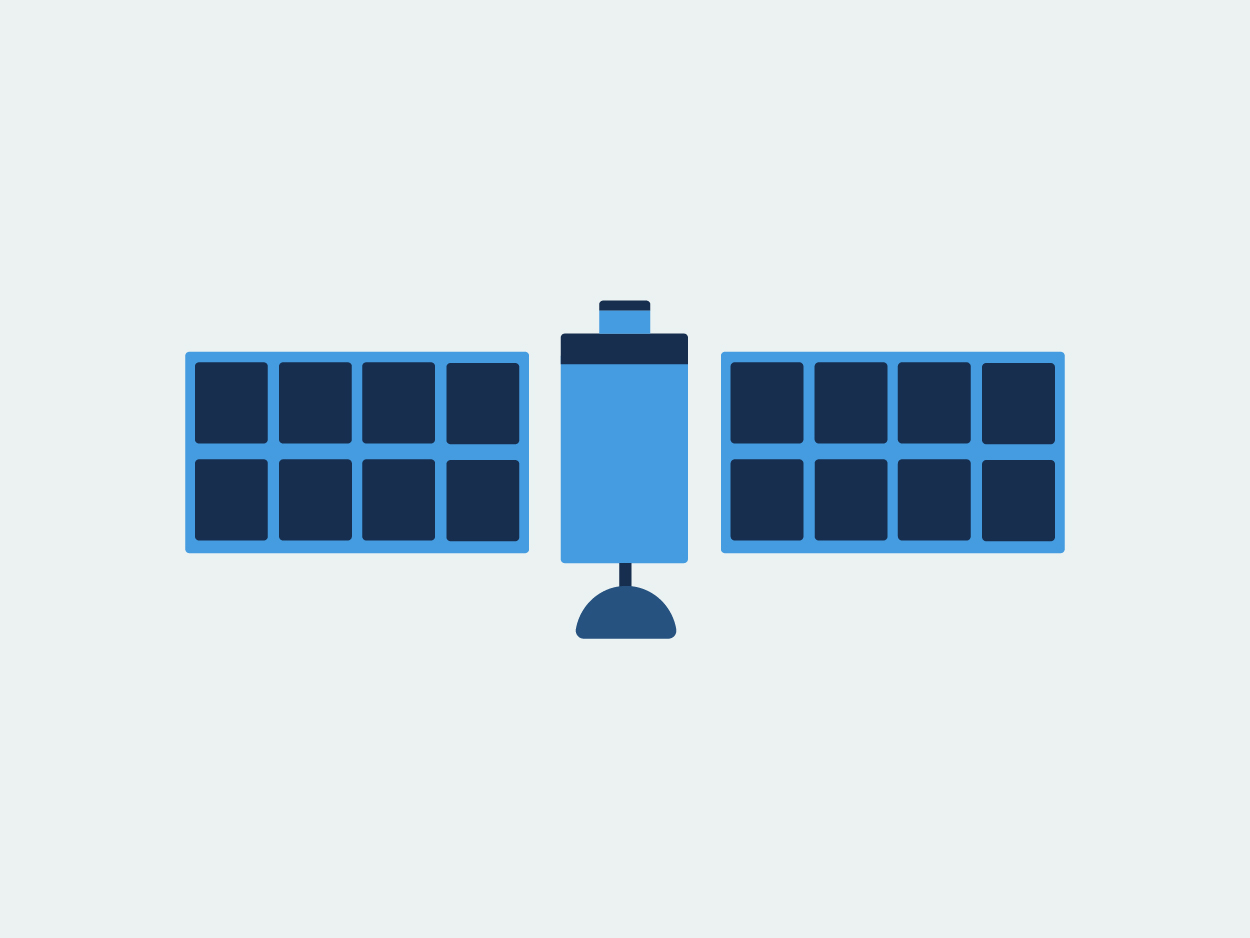

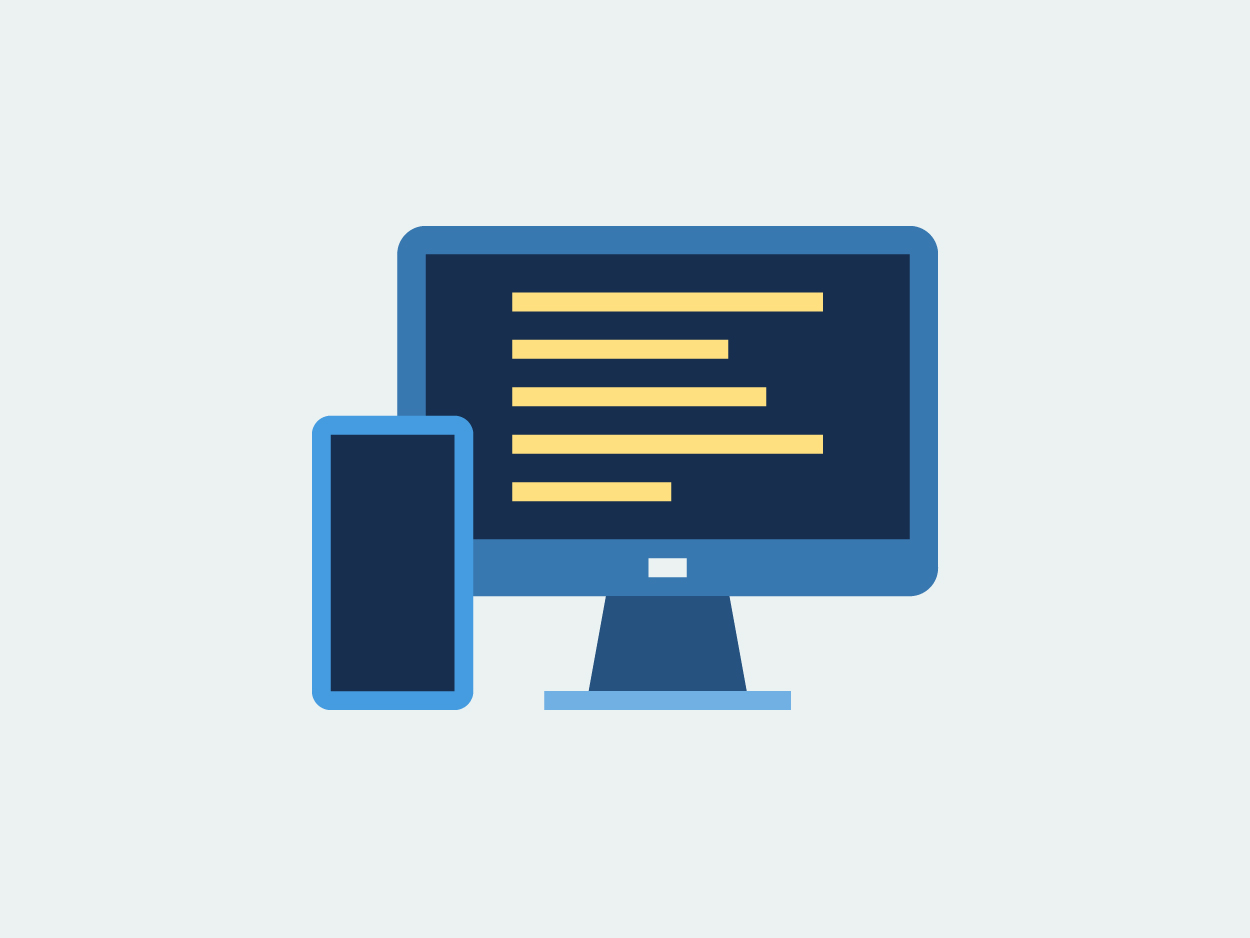



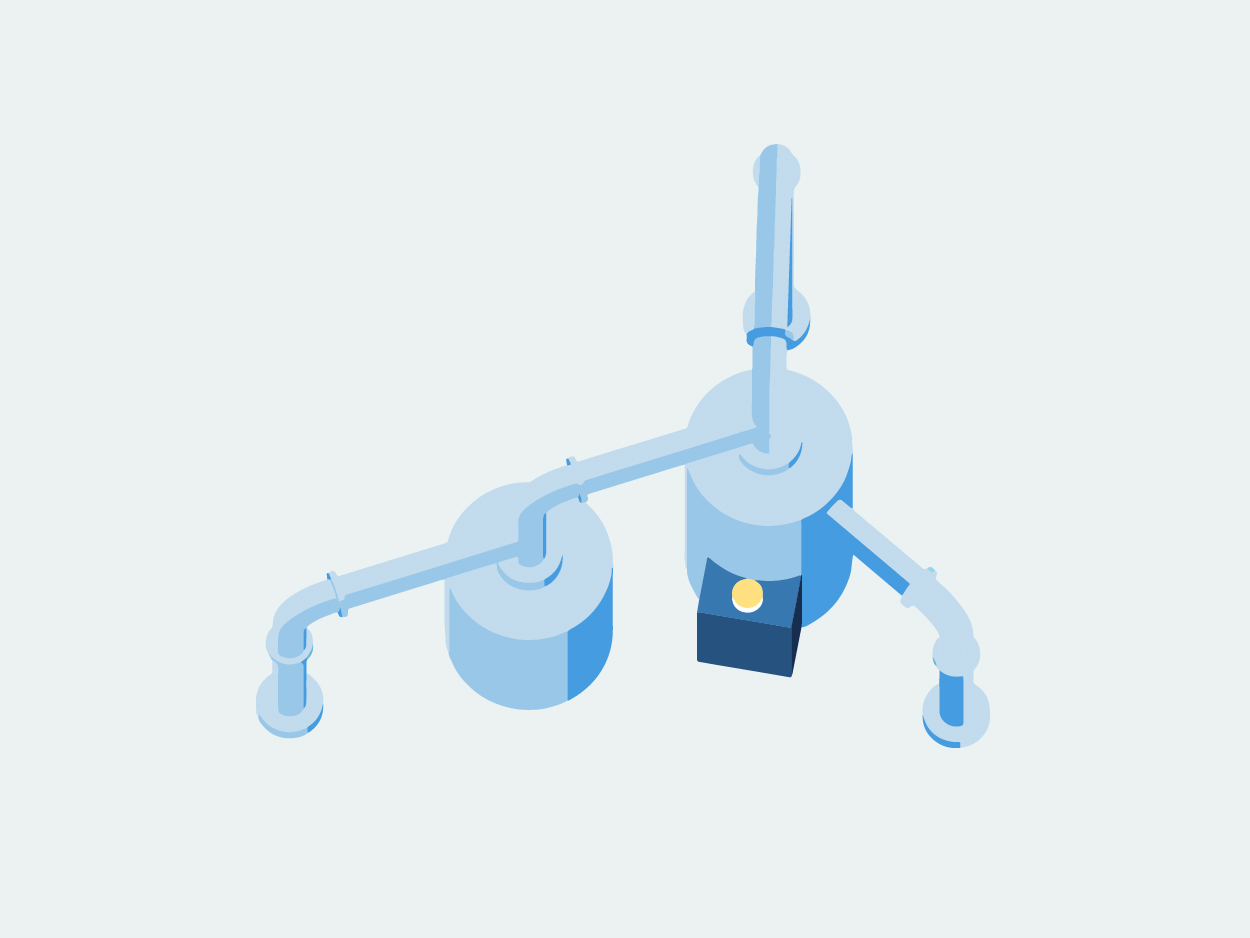
Share this case study